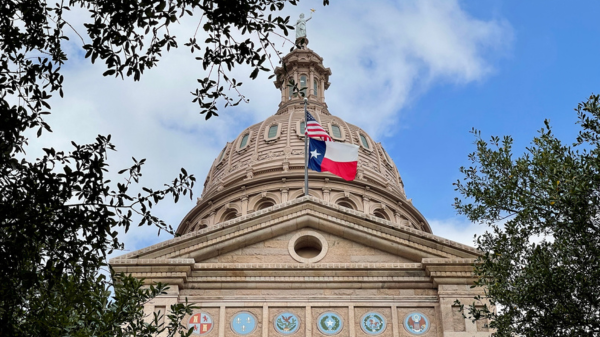Texas legislature debates school choice, which should include ending fees for transfer students, and teacher retirement system reform. (Opinion)
by Leonard Gilroy and Steven Gassenberger
In this special session on education called by Gov. Greg Abbott, Texas lawmakers can ensure students who want to stay in public schools can attend the public school that is best for them, prevent public schools from charging tuition to low and middle-income families, and address the $63 billion public pension debt threatening schools and local governments.
Open Enrollment Goes Hand in Hand with Education Savings Accounts
Open enrollment allows K-12 students to attend any public school with available seats, regardless of where they live.
Data shows most families use open enrollment to attend public schools that are higher performing than their residentially assigned schools.
Research from Arizona, Ohio, Colorado, and California finds public school districts, including small rural districts, use open enrollment to bolster enrollment, especially when facing declining local populations.
Texas is one of 26 states that still allow public schools to charge tuition to transfer students. Some Texas districts currently charge transfer students up to $9,000 per year, putting those public schools out of reach for low- and middle-income families. Public schools should be tuition-free for all students, including transfer students.
States such as Florida, Arizona, and Wisconsin have implemented transparency requirements so parents can easily find available spots and school districts can only reject students for legitimate reasons, like a lack of capacity.
$63 Billion in TRS Debt Squeezes Local Governments and School Districts
According to the Teacher Retirement System of Texas (TRS), the market value of its current unfunded pension liabilities is more than $63 billion, a situation that is getting worse every year because of the way the legislature is structurally underfunding earned benefits.
Unlike the Employees Retirement System of Texas after SB321 (2021), TRS contributions, post-SB12 (2019), are still set by law—not actuarially determined—and will be insufficient to keep up as the system adjusts outdated economic assumptions.
Although plan actuaries claim that TRS will be fully funded in 2048, they caution this would only happen in the unlikely case that several dozen assumptions are met every year, including hitting a 7% annual investment return on assets—higher than the normal rate of return for public pension plans.
If investment returns do not consistently meet or exceed investment performance assumptions, TRS is guaranteed to slip further into debt without additional taxpayer dollars at both the state and local levels.
Originally published by Reason Foundation. Republished with permission.
For more great content from School Reform News.








